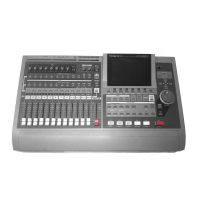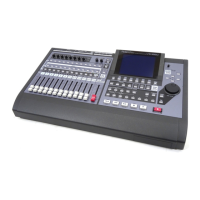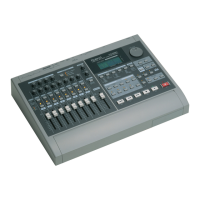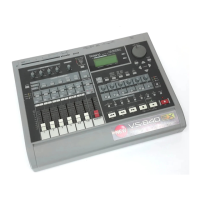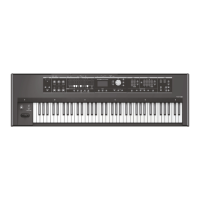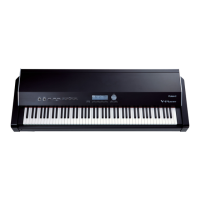84
Chapter 5 Using the Digital Mixer
Scene setting. For example, just adjust the V-Track
setting for one playback track.
8. Once you’ve made the necessary mixer updates, press
[SCENE] and then press the LOCATOR button to store
the Scene again.

